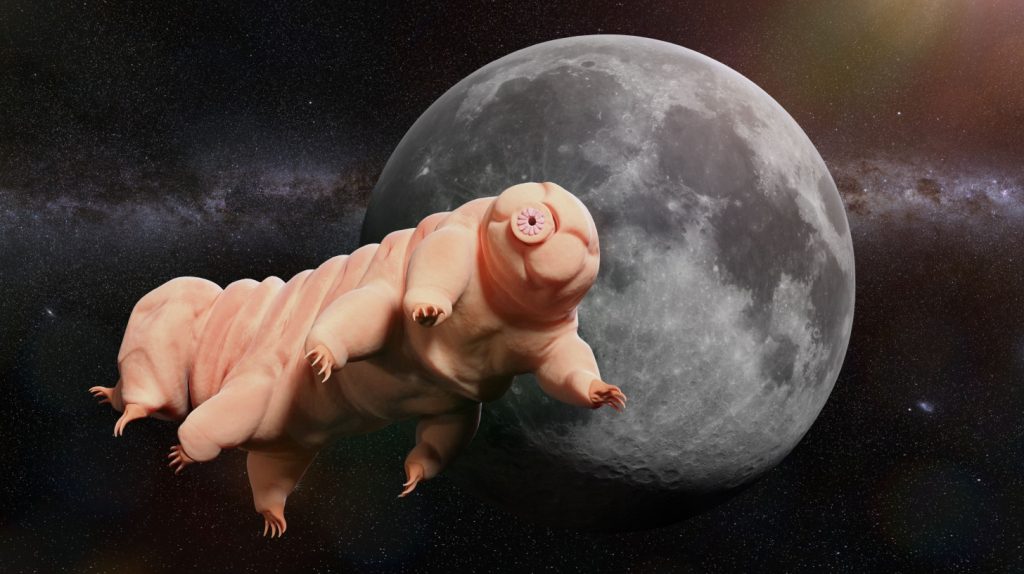Oxygen is essential for most life on Earth, but some organisms have evolved to thrive in environments where oxygen is scarce or even nonexistent. These remarkable creatures challenge our understanding of what’s necessary for life to exist. From microscopic parasites to complex animals, these oxygen-defying organisms manage to survive in extreme conditions. It’s amazing to think that, while most life on earth can only survive for a few minutes without air, our planet is also home to organisms that can complete their entire lifecycle without oxygen or, at least, can survive long periods with little to no oxygen.
Loricifera
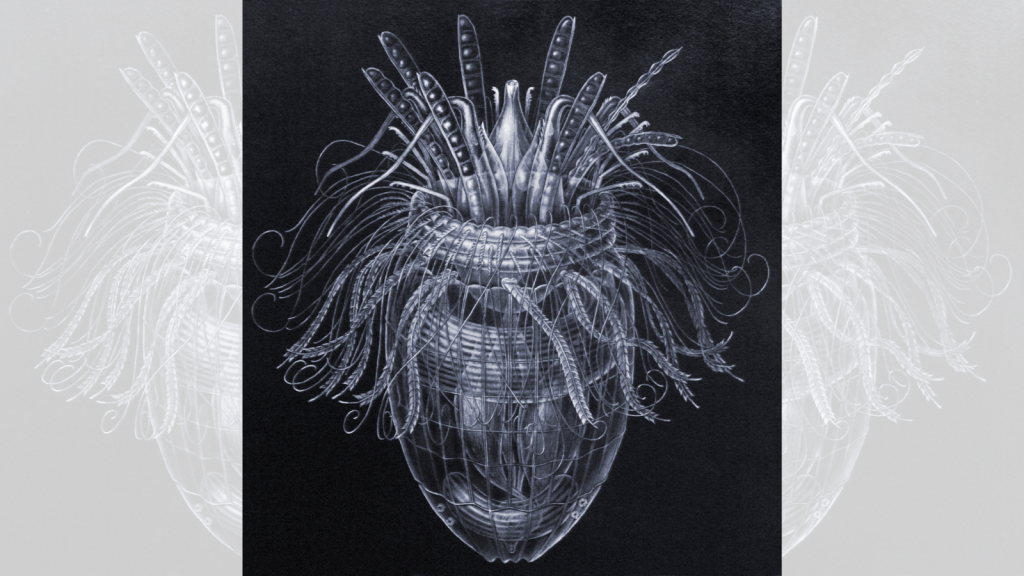
Loricifera are tiny animals that live in the sediment at the bottom of the Mediterranean Sea. They’re the first known animals that can complete their entire life cycle without oxygen. These microscopic creatures use a different process to produce energy, which doesn’t require oxygen at all. Their discovery in 2010 changed what scientists thought was possible for animal life.
Henneguya Salminicola
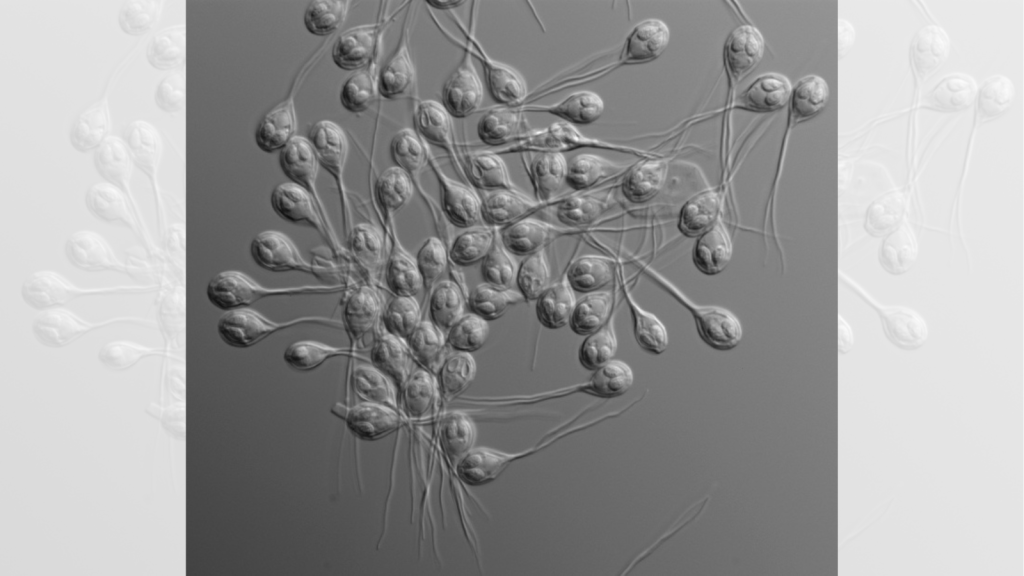
This tiny parasite is the only known animal that doesn’t need oxygen to survive. It lives in the muscles of salmon and other fish. Henneguya salminicola has evolved to lose its mitochondria, the part of the cell that uses oxygen to make energy. Instead, it gets all its energy from its host, making it a true anaerobic animal.
Spinoloricus Cinziae
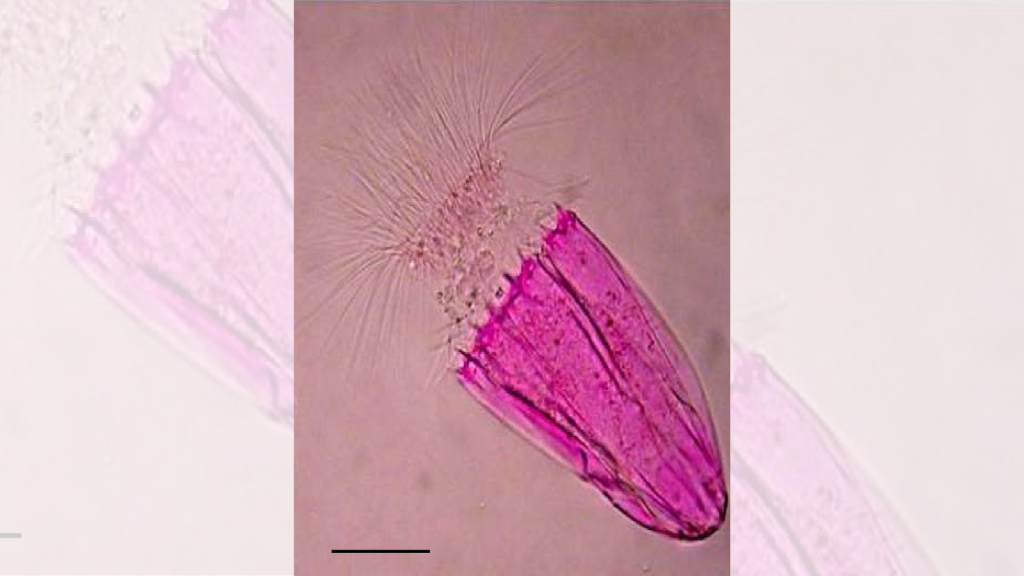
This is another member of the Loricifera group that can live without oxygen. It was found in the same deep, salty area of the Mediterranean Sea as other oxygen-free Loricifera. Spinoloricus cinziae uses hydrogen sulfide instead of oxygen to produce energy. This ability allows it to thrive in an environment that would be deadly to most other animals.
Nematodes

Some species of nematodes, also known as roundworms, can survive in environments with very little or no oxygen. These tiny worms are found in deep subsurface environments, like gold mines in South Africa. They’ve adapted to use fermentation, a process that doesn’t need oxygen, to produce energy. This ability allows them to live in places where most other animals can’t survive.
Tardigrades
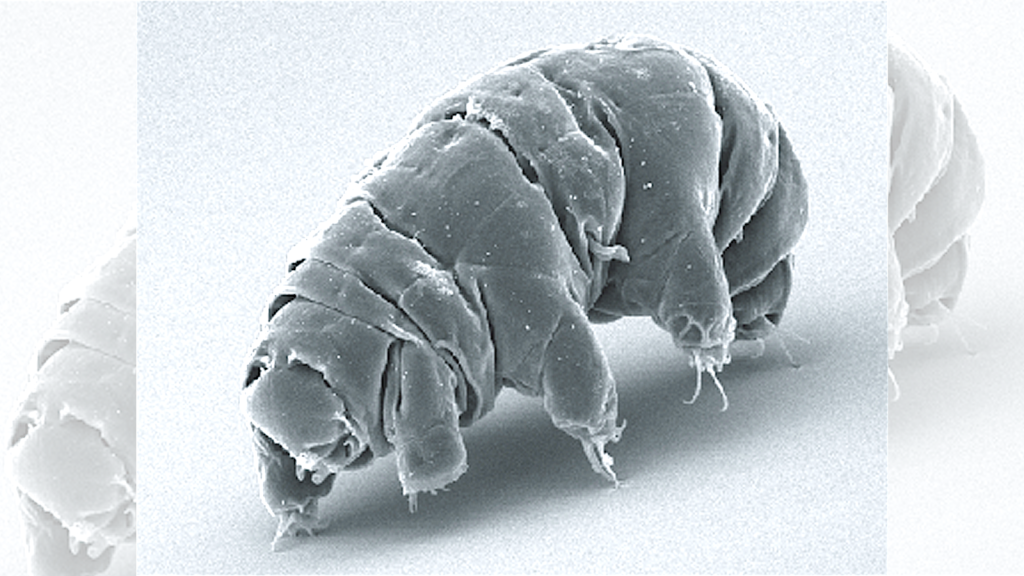
Tardigrades, also known as water bears, are famous for their ability to survive extreme conditions, including a lack of oxygen. These microscopic animals can enter a state called cryptobiosis, where they essentially shut down their metabolism. In this state, they can survive without oxygen for long periods. Tardigrades can even survive in the vacuum of space!
Goldfish
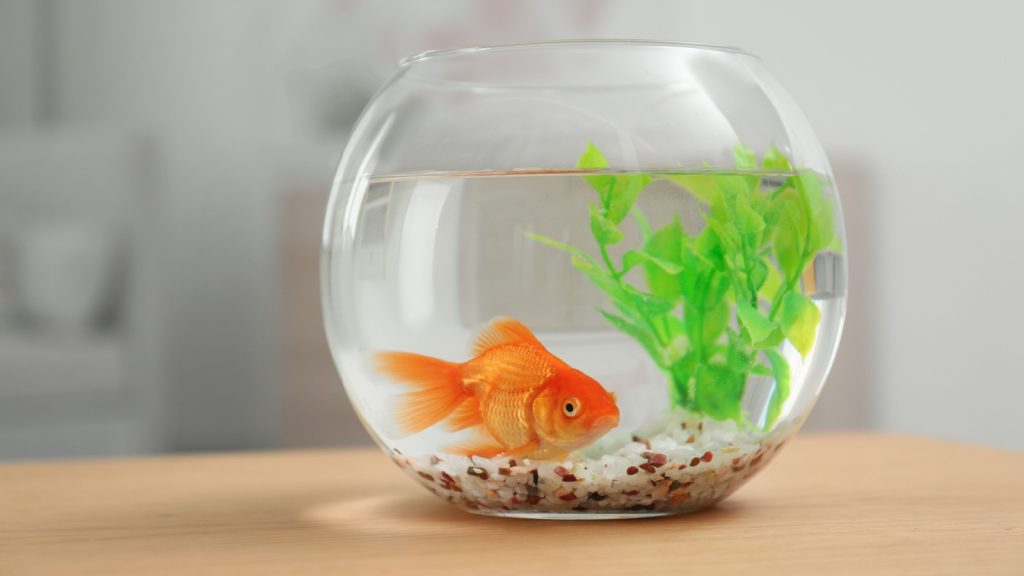
While goldfish do need oxygen to survive normally, they have a unique ability to survive without it for short periods. When oxygen levels in their water drop too low, goldfish can produce alcohol as a byproduct of their metabolism. This allows them to survive in oxygen-poor environments for several months. It’s like they have their own internal brewery!
Crucian Carp
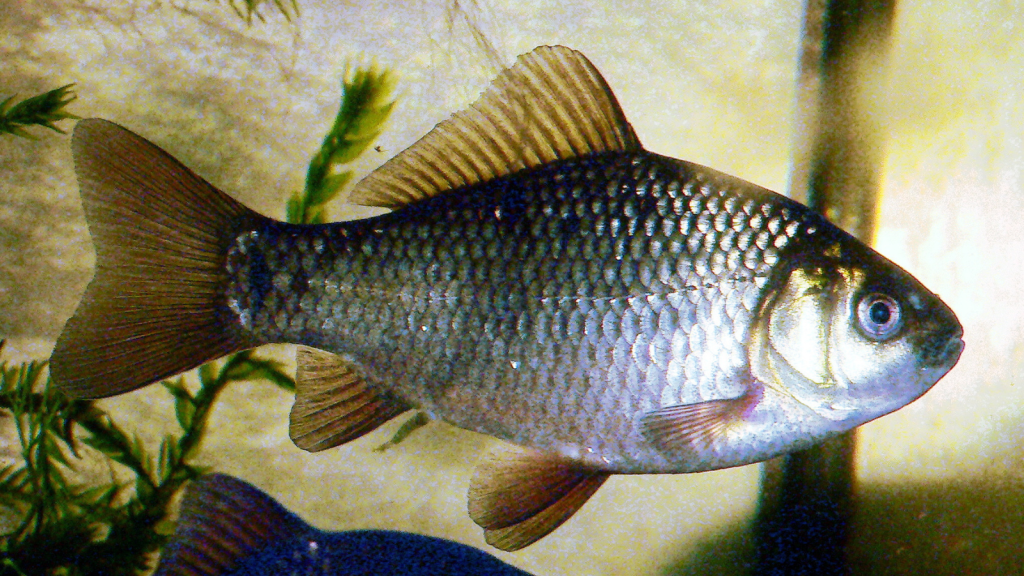
Similar to goldfish, crucian carp can survive in oxygen-free water for months at a time. They do this by converting lactic acid in their bodies into ethanol, which they then release through their gills. This process allows them to avoid toxic buildup in their bodies when there’s no oxygen available. Crucian carp are often found in small ponds that freeze over in winter, where this ability helps them survive.
Brine Shrimp
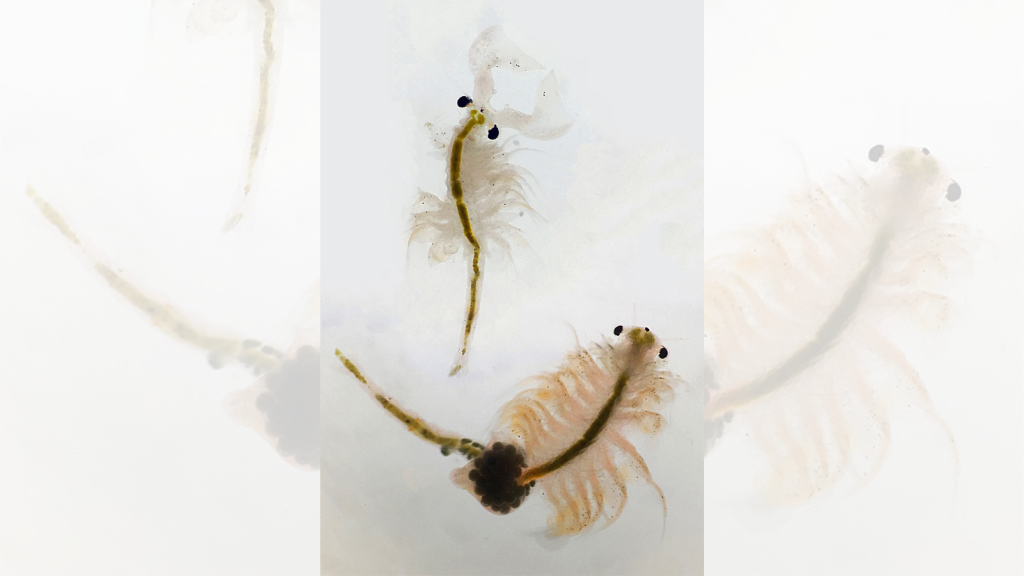
Brine shrimp, also known as sea monkeys, can survive in environments with very low oxygen levels. They live in extremely salty water where few other creatures can survive. Brine shrimp can enter a dormant state called cryptobiosis when conditions are bad. In this state, they can survive without oxygen for long periods, even for years!
Mud Minnows
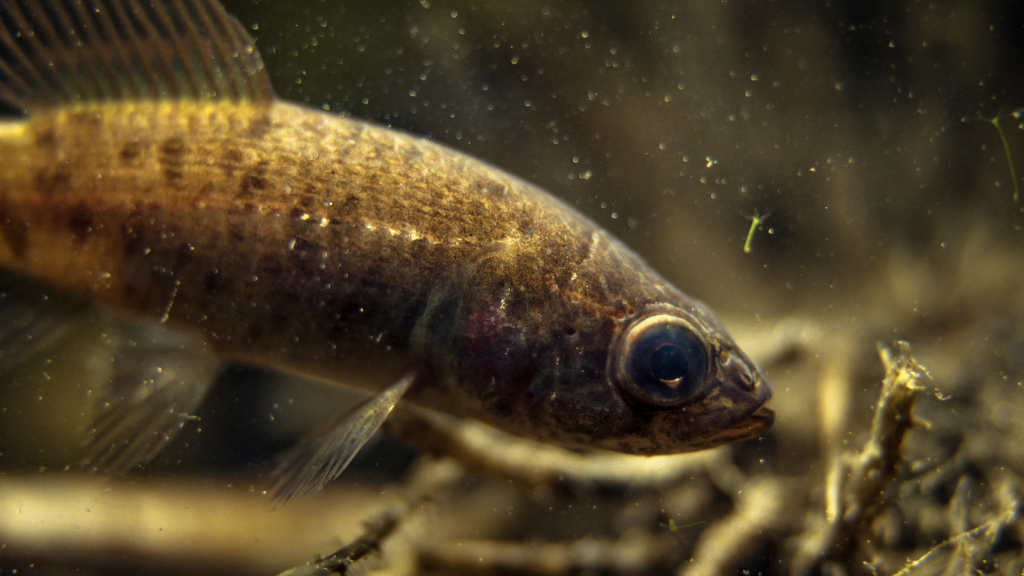
Mud minnows are small fish that can survive in waters with very low oxygen levels. They have a special organ called a swim bladder that they can use like a lung to breathe air. This allows them to survive in stagnant, oxygen-poor waters where other fish would die. Mud minnows can even survive out of water for short periods by breathing air.
Anaerobic Fungi
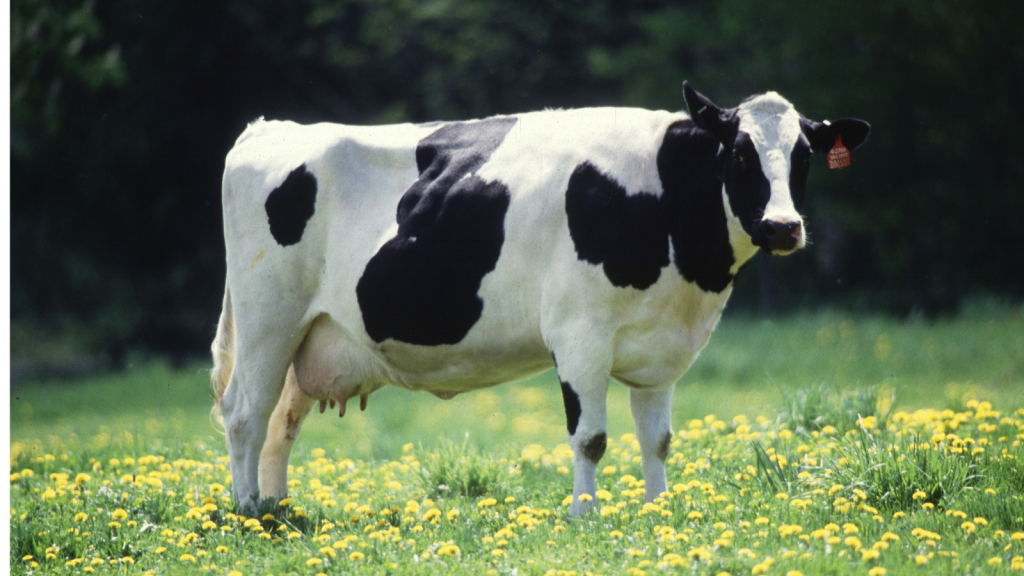
Some species of fungi can live and grow without any oxygen at all. These anaerobic fungi are often found in the guts of herbivores like cows and sheep. They play an important role in helping these animals digest tough plant material. These fungi use fermentation to produce energy, a process that doesn’t require oxygen.
Methanogens
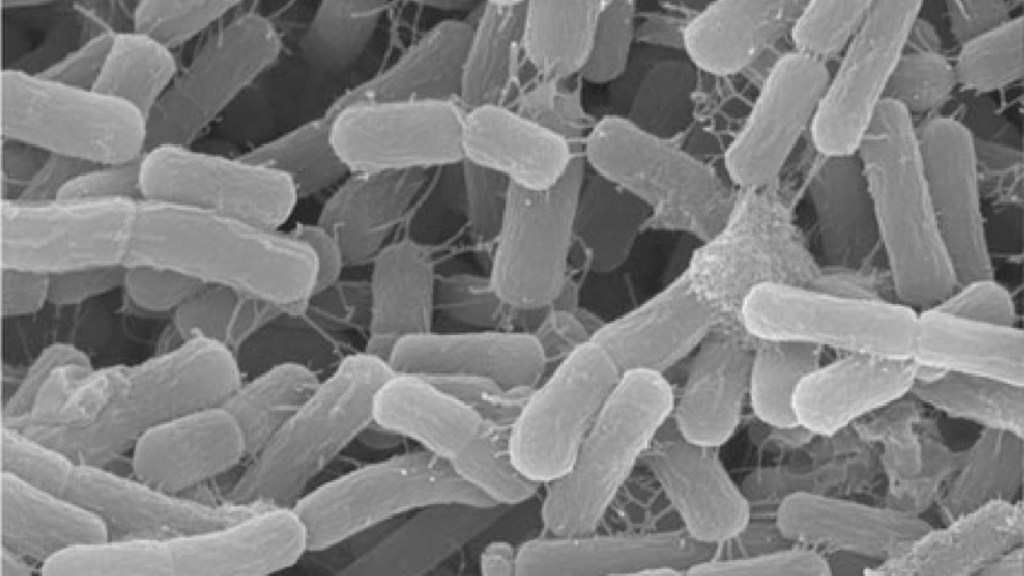
Methanogens are a type of microorganism that produce methane as a waste product of their metabolism. They’re found in oxygen-free environments like deep underground, in swamps, and even in the guts of animals. Methanogens are some of the oldest known life forms on Earth. They use hydrogen and carbon dioxide to produce energy, without needing any oxygen.
Clostridium Bacteria
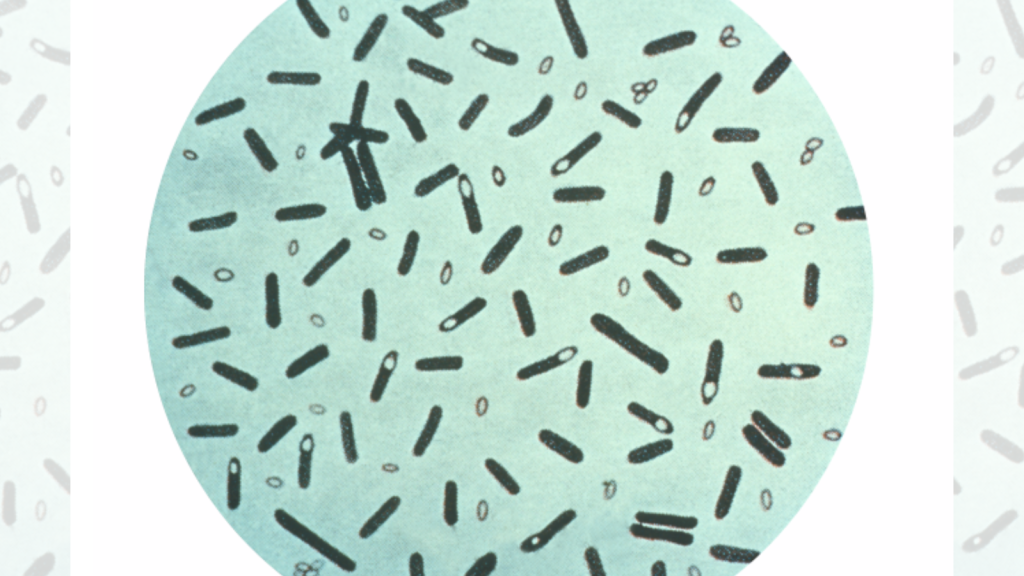
Clostridium bacteria are anaerobic organisms that can’t survive in the presence of oxygen. They’re found in environments like soil and the human gut. Some species of Clostridium can form spores, which are incredibly resistant structures that can survive harsh conditions. These spores can remain dormant for years without oxygen, waiting for the right conditions to grow again.
Pyrococcus Furiosus
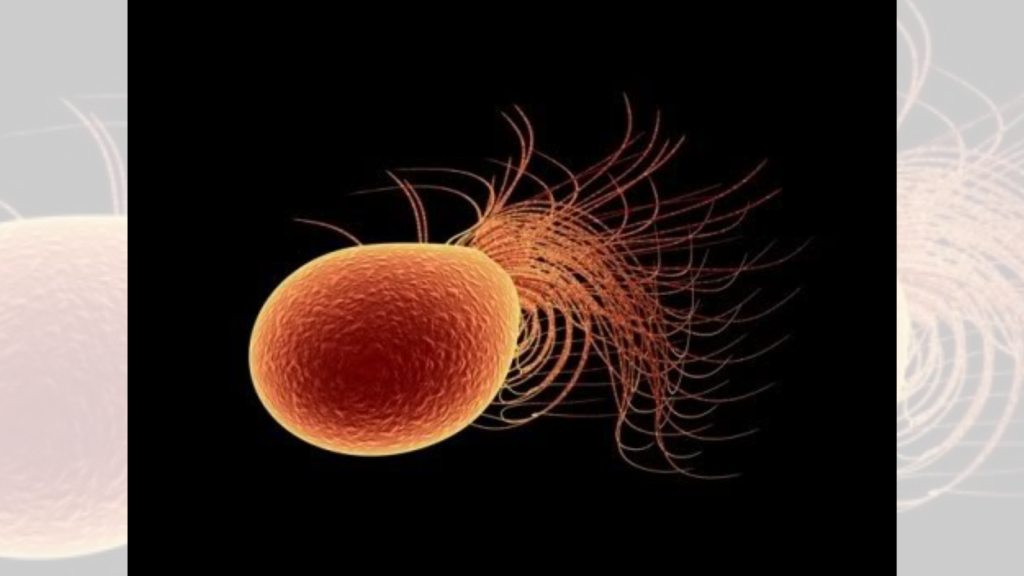
This is a species of extremophile archaea that thrives in super-hot, oxygen-free environments. Pyrococcus furiosus was first found near volcanic vents on the ocean floor. It can survive temperatures up to 100°C (212°F). Instead of using oxygen, it uses sulfur in its metabolism to produce energy. This organism shows how life can adapt to incredibly harsh conditions.
Desulfovibrio Vulgaris
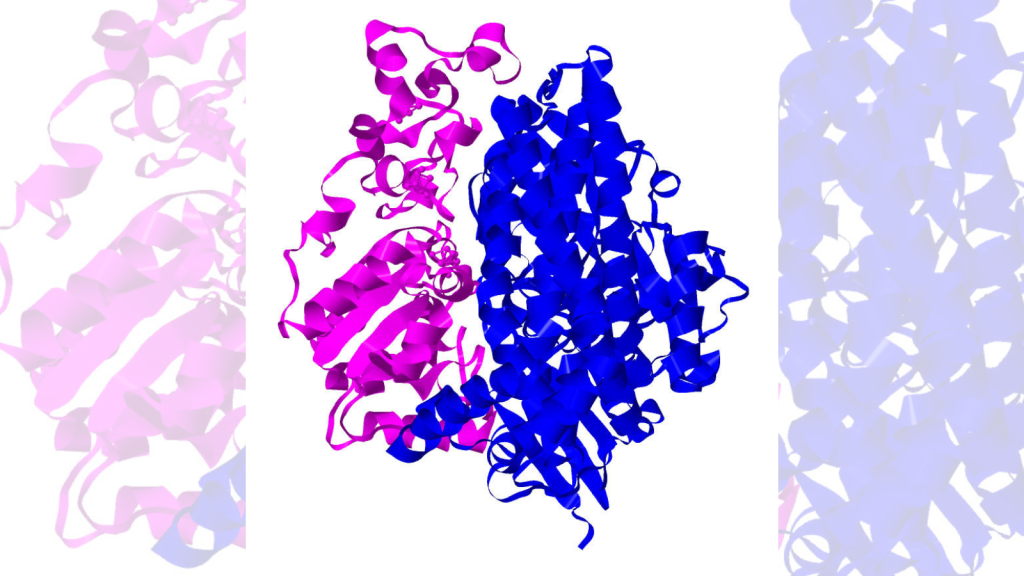
Desulfovibrio vulgaris is a type of bacteria that not only survives without oxygen but is actually harmed by its presence. These bacteria use sulfate instead of oxygen in their metabolism. They’re often found in oil fields and can cause problems by producing hydrogen sulfide, which smells like rotten eggs. Despite being troublesome for the oil industry, these bacteria play important roles in the sulfur cycle in nature.
Entamoeba Histolytica
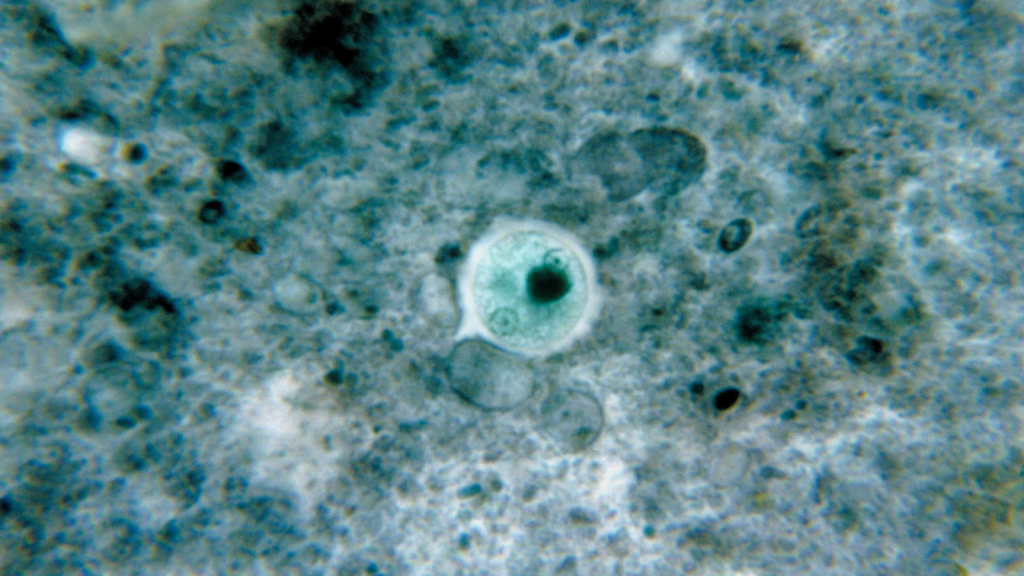
This is a parasitic amoeba that can live without oxygen inside the human gut. It causes a disease called ameobiasis. Entamoeba histolytica has special organelles called mitosomes instead of mitochondria. These mitosomes allow it to produce energy without oxygen. This parasite’s ability to live without oxygen helps it survive inside the human body where oxygen levels can be very low.

